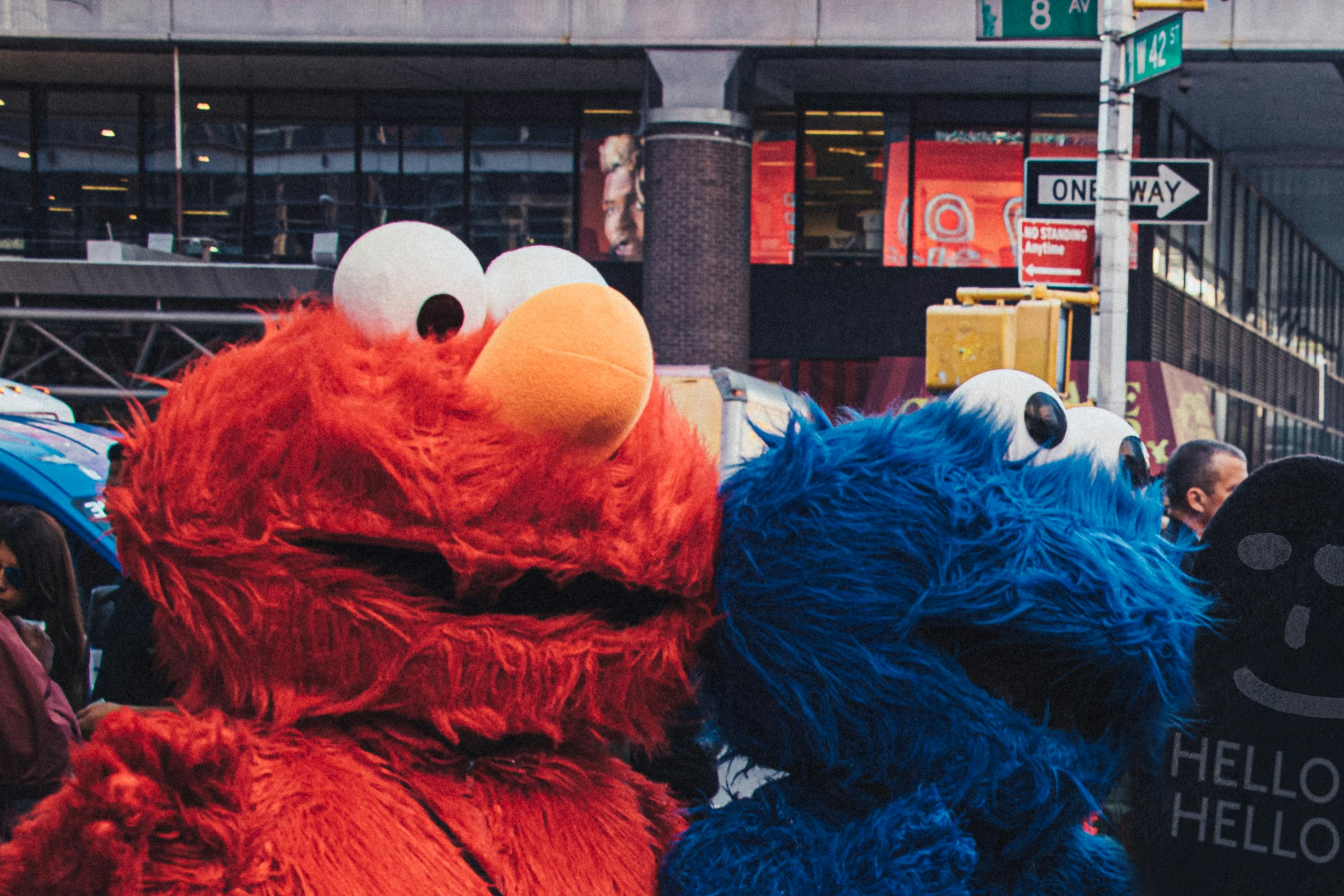Essential Duties of a Freelance Mascot Performer
Freelance mascot performer duties involve more than just wearing a costume. As brands and organizations increasingly seek live, engaging marketing experiences, the role of a freelance mascot performer has grown in both complexity and opportunity. This article outlines everything you need to know—from foundational skills to advanced techniques—so you can excel in this unique and dynamic career.

Understanding the Fundamentals
The world of freelance mascot performance begins with a firm understanding of its core elements. At its essence, the job requires physical endurance, character portrayal, and the ability to connect with an audience without speaking. Whether at sports arenas, theme parks, or local festivals, mascot performers create memorable moments.
These fundamentals matter because a mascot is often the most visible and emotionally engaging part of a brand. Think of them as walking, dancing, cartoon-like ambassadors that leave lasting impressions, especially on younger audiences.
1.1 Physical Stamina and Presence
Being a mascot is physically demanding. Performers often work in bulky costumes for hours, dancing, waving, and running in hot environments. According to industry studies, mascot performers can burn up to 600 calories an hour during active sessions.
Physical presence is also key. A mascot’s movements should be exaggerated and animated to communicate character and emotion through body language alone, a cornerstone of freelance mascot performer duties.
1.2 Character Acting and Role Discipline
Unlike traditional acting, mascot performance relies entirely on non-verbal communication. This makes it crucial for performers to develop consistent mannerisms and gestures for their character. Think of Mickey Mouse or the San Diego Chicken—these icons are recognizable by movement alone.
Freelancers must often embody multiple characters throughout the year, requiring adaptability and discipline to maintain performance quality across diverse roles.
Practical Implementation Guide
Now that we’ve covered the basics, let’s dive into how to become a successful freelance mascot performer in practice. This section explores step-by-step processes, useful tools, and what to expect on the job.

2.1 Actionable Steps
- Build Physical Endurance: Practice routines like dancing, squats, and cardio to prepare for performance intensity.
- Create a Portfolio: Record short videos in costume showcasing your movement range and character portrayal.
- Network with Event Planners: Attend trade shows and contact agencies to build connections with potential clients.
2.2 Overcoming Challenges
Freelance mascot performers face several challenges. Here are some common issues:
- Heat and Fatigue: Stay hydrated, and use cooling vests during long gigs.
- Costume Malfunctions: Carry repair kits and always inspect your suit before the event.
- Unruly Audiences: Set boundaries with gentle gestures and rely on your handler for support.
Expert performers also recommend practicing in front of mirrors to refine your movements and rehearsing mock interactions with friends or peers to enhance improvisational skill.
Advanced Applications
Once you’re confident in basic performance, it’s time to explore more advanced freelance mascot performer duties. These techniques help elevate your appeal to higher-tier clients and specialized events like televised performances and national tours.

3.1 Choreographed Routines and Stunt Work
Some high-profile gigs require pre-planned routines, such as halftime shows or flash mobs. This means learning dance choreography and sometimes even safe stunt work like tumbling or acrobatics. One case study from a pro sports team showed that mascot-led crowd interactions increased fan engagement by 32%.
3.2 Integration with Technology
Modern mascots sometimes include audio devices, remote-controlled eyes, or animatronic features. Understanding how to work with these systems enhances your performance and broadens your job eligibility. Compatibility with audio cue systems or lighting setups is also beneficial for large-scale performances.
Future Outlook
With growing demand for experiential marketing and live entertainment, freelance mascot performer duties are evolving. Expect more emphasis on digital integration, brand storytelling, and safety protocols.
Experts forecast a 20% rise in demand for freelance performers by 2028, particularly in Asia and North America. To stay ahead, freelancers should invest in training, costume upkeep, and diversifying their skill set through dance, mime, or even social media content creation.
Conclusion
To summarize, successful freelance mascot performer duties involve a combination of physical agility, character acting, and strategic branding. These performers are not just entertainers—they are ambassadors of joy and engagement.
Now that you understand what it takes, it’s time to take action. Start training, develop your brand, and connect with clients who value energetic, professional mascot talent. Opportunities await for those who bring characters to life.
Frequently Asked Questions
- Q: What does a freelance mascot performer actually do? They bring characters to life through physical performance at events, using body language to engage audiences and promote brands.
- Q: How can I get started as a mascot performer? Begin with physical training, develop a performance portfolio, and reach out to event planners or entertainment agencies.
- Q: How much time does it take to become skilled? With consistent training, you can become event-ready in 3-6 months. Mastery takes 1-2 years depending on event types.
- Q: What does it cost to get started? Costs range from $200–$1000 for a basic costume, plus travel and marketing expenses. Investing in a custom suit can increase your hire rate.
- Q: How does this compare to other performance gigs? It’s physically tougher but pays well for short gigs. It’s more flexible than theater but less consistent unless you market aggressively.
- Q: Is the work technically difficult? It can be challenging due to heat, visibility, and communication limits. But with training, it becomes second nature.
- Q: Can this work in niche industries? Yes, mascots are now common in sports, education, tech expos, children’s hospitals, and even virtual events.
